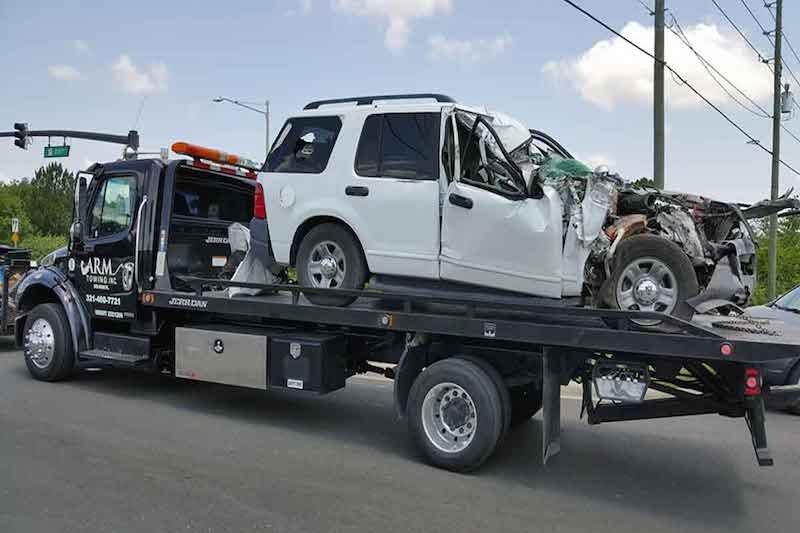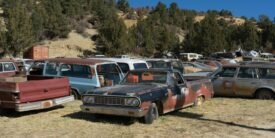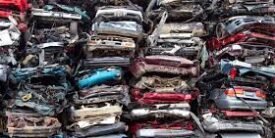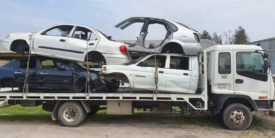Are you looking for an expert in automobile wrecking in Victoria? The capital city of the Canadian province of British Columbia is famous for its picturesque Gulf Islands and the architectural marvels from its heyday as the second-largest city in the Pacific Northwest region.
A deep-water harbour, a temperate climate of mild winters and cool summers, and a rapidly growing Pacific Rim economy have seen the city expand into a thriving tourism destination and the intellectual epicentre of a northern region that seems full of promise.
The automobile wage accounted for only ten percent of the industry’s total. While that narrative is certainly accurate, it only hints at the hidden significance that car wrecking has played in the growth of Victoria. It is time to revisit the past, present, and future of the North American automobile wrecking industry in Victoria.
The Early Days: Scrapyards and Salvage
As automobiles became ubiquitous features of Victoria’s urban landscape in the early twentieth century, people began to forge ways to dispose of their decrepit vehicles. Small, independent yards were established on the city’s perimeters for scrap car removal in Victoria, where the abandoned vehicles met their end in service of the so-called circular economy. These early junkyards were often rather informal and less compliant with environmental standards than those of today, but they returned usable parts to the market and disposed of vehicles that had long ago outlived their usefulness.
The Mid-Century Boom: Expansion and Regulation
Alongside an increasing population and widespread car ownership in post-war Victoria, the wrecking industry grew exponentially. Larger wrecking yards began replacing their smaller peers. The trade-in of motor cars for newer and safer models enabled greater sophistication in the practice of salvaging and re-selling components. Then, in the nineteen sixties and seventies, there was a newfound smattering of environmental regulations, which caused wrecker businesses to become more conscious of how they operated. New sales pitches were being made to promote automobile wrecking as an essential component of recycling’s ecological cycle.
The Present: Technology and Efficiency
However, today, when it comes to scrap car removal in Victoria, very few parts ever make it to the corn crib. Thanks to ever more sophisticated inventory systems and streamlined dismantling routines, today’s automobile recyclers recover as much of a given vehicle as possible, returning to nature (or trash) whatever does not make just about anyone hardy enough to leave it there. Environmental considerations are paramount. Fluids are drained and disposed of safely, hazardous materials are handled with care, and a much larger percentage of every vehicle is recycled or repurposed. The industry has become a major player in Victoria’s circular economy.
The Future: Sustainability and Adaptation
Going forward, the future of Victoria’s automobile wrecking industry will include challenges and opportunities. The feral automobile will bring new types of hazards with electric vehicles, but there will also be new skills and processes for dealing with batteries and electric components. Specialization could also become more of an opportunity as the future sees more electric vehicle recycling.
With increased awareness of global warming and tighter environmental legislation, the industry could become even more sustainable. Greater numbers of zero-waste automobile recycling facilities, where a whopping one hundred per cent of a vehicle is reused or recycled, could emerge. Call Jacobs Towing and Recycling now to learn how it may help you with automobile wrecking in Victoria!




